|
Does your restaurant buy pre-washed produce? Remember that it still must be washed under running water during preparation. Steritech also advises that bacteria can be transferred from the surface of produce to its flesh when cut, so be sure to make sure your fruit and vegetables are washed thoroughly in running water prior to cutting them.
How confident are you in your restaurant’s food allergy management? According to a recent study of 500 hospitality workers by the software provider Fourth, one in six respondents claimed they had not received regular training or updates with regard to managing guest allergies, Big Hospitality reports. Further, among 1,000 consumers also polled as part of the survey, 36 percent of respondents said their last restaurant meals contained ingredients not listed on the menu. The survey was conducted as a prelude to the 2021 implementation of Natasha’s Law, which will require packaged foods sold on-site at restaurants in the UK to be labeled with a full list of the ingredients they contain. (It was passed after Natasha Ednan-Laperouse died after eating a Pret a Manger sandwich that didn’t list an allergen it contained.) While the law will initially apply only to businesses in England, it offers some lessons on how businesses everywhere must change following a food allergy incident: Pret a Manger has overhauled its food allergy program and renovated its facilities in the wake of Ednan-Laperouse’s death.
If you’re a franchisee and are found to have health and safety violations in your restaurant, you could be facing challenges from more than just your health inspector. When a Dunkin’ in east Boston with a series of health code violations was closed temporarily in recent weeks after a customer captured and shared video of mice scurrying around the store, its parent company filed suit against the franchisor to ensure it could not ever reopen under the Dunkin’ name.
If turkey, ham, roast or other animal protein is on your menu over the holidays, now is a good time to make certain your food thermometers are giving you accurate readings. HACCP Mentor advises using either the boiling water method or the ice water slurry method to check your thermometers. A thermometer in boiling water should read 212˚F (at altitudes below 1000 feet) and a thermometer in an ice slurry should read 32˚F, with a two-degree margin of error. If you aren’t already calibrating your thermometers daily, remember to do so before using a new one, after dropping it, or if you use it for testing both very hot and very cold foods.
Planning on serving turkey at your holiday gatherings? Make sure your kitchen staff doesn’t wash the turkey during preparation. As the Safe Plates Food Safety Information Center reports, washing a turkey in the sink can spread harmful bacteria like Salmonella and Campylobacter up to three feet away. To prevent the spread of bacteria, clean and sanitize any utensils and surfaces used during preparation, wash hands before and after handling raw turkey, and cook it to a temperature of 165˚F.
A little spice is nice – but not when it creates a food safety hazard in your restaurant. Remember that spices can pose a Salmonella risk: An FDA study of 20,000 samples of imported spices found that about 7 percent of them were contaminated with Salmonella. Ground and cracked spices were slightly more likely to be contaminated than whole spices. It doesn’t take much of the contaminated spice to cause illness, but heat can prevent it from being a threat. Theodore Labuza, a food safety expert quoted in an NPR report about the topic, says he no longer sprinkles rosemary on his salads for this reason, instead saving spices for cooked foods.
Will a turkey, roast or ham be the focal point of your holiday table? Your eye won’t be able to tell if it is cooked to perfection or if it could pose a safety threat to your guests, so put your trust in your food thermometer. According to the USDA, a turkey is cooked when the innermost part of the thigh and wing, as well as the thickest part of the breast, reach a minimum internal temperature of 165˚F. Beef, whether a roast, tenderloin or steak, must reach an internal temperature of 145˚F and be allowed to rest for at least three minutes after cooking. Fresh or smoked ham must be cooked to an internal temperature of 145˚F and allowed to rest for at least three minutes, while pre-cooked, reheated ham should reach an internal temperature of 165˚F.
When you receive food deliveries, does your staff know how to spot red flags that can indicate problems with the storage of foods before they were delivered? As Statefoodsafety.com advises, frozen foods should arrive frozen, and without any visible liquids, frozen liquids or ice crystals, which indicate prior thawing. Refrigerated foods should arrive under 41˚F, with the exception of eggs, which can be received when the air surrounding the eggs is 45˚F or lower. Hot foods should arrive at 135˚F or higher. To test the temperature of flat foods like bacon, place the thermometer between packages. Before you test the temperature of a new food item, clean and sanitize your food thermometer to ensure you get an accurate reading.
Protecting food safety at your restaurant isn’t merely about training. It’s about ensuring that food safety is as embedded in your values as the people you hire and the ingredients you purchase. When Francine Shaw, president of Food Safety Training Solutions, consults with restaurants about food safety, she pinpoints nine key pieces that build such a culture: First, start at the top. It must be clear to everyone that those running the business insist on safety. Then explain the why behind your rules – Why must we make sure poultry is cooked and served at the proper temperature? What could happen if we served it to a guest? Your training needs to be ongoing and involve everyone from your newest to most senior staff. Stock your kitchen with appropriate tools, such as calibrated food thermometers and separate cutting boards for different categories of food and allergens. Monitor and record the temperature of foods at different times. Conduct inspections – of food to ensure it’s safe upon arrival, and of employees charged with following protocols. Play it extra safe with allergens, double checking ingredients and using allergy-safe preparation tools. Finally, help employees appreciate how careless mistakes – like wearing an apron to the restroom or forgetting to wash hands – can cause a food safety hazard.
Certain foods that have been served to guests can be served again to other guests – but those foods need to meet strict criteria. As Statefoodsafety.com reports, food in an unopened package that shows no signs of contamination can be served again. So, undisturbed packets of condiments, creamer, sweeteners and crackers are all fair game. The same cannot be said of the bread basket that returns to the kitchen untouched.
|
subscribe to our newsletterArchives
July 2024
Categories
All
|
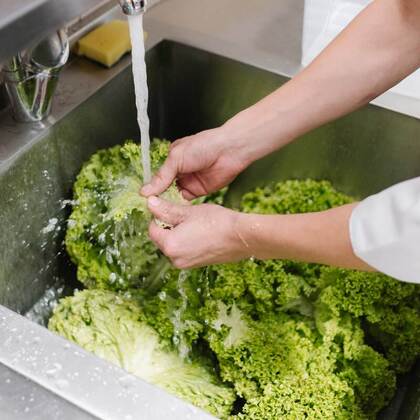


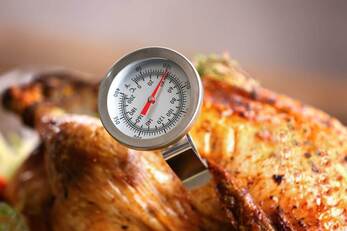
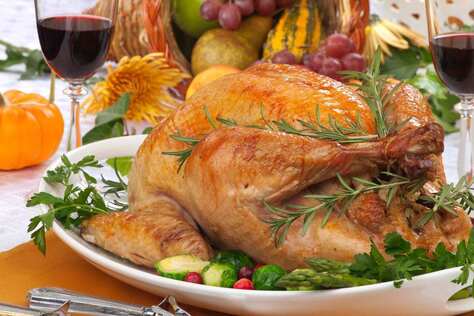

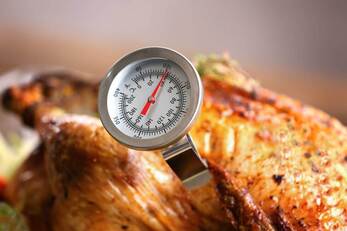

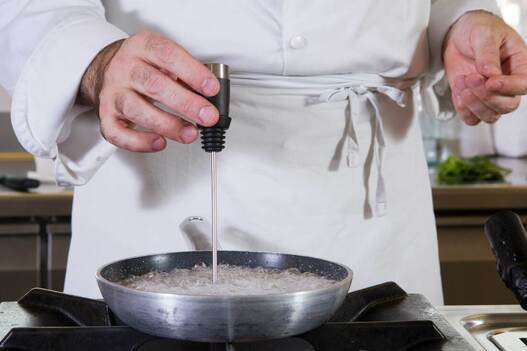
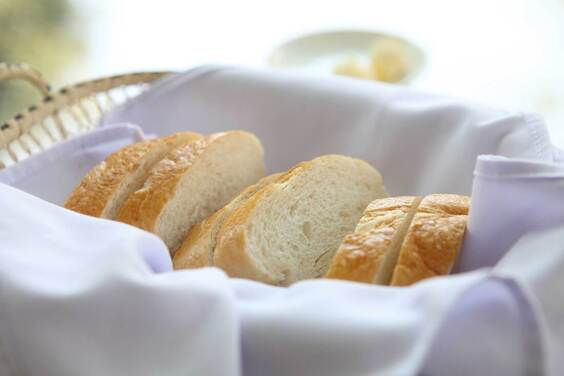
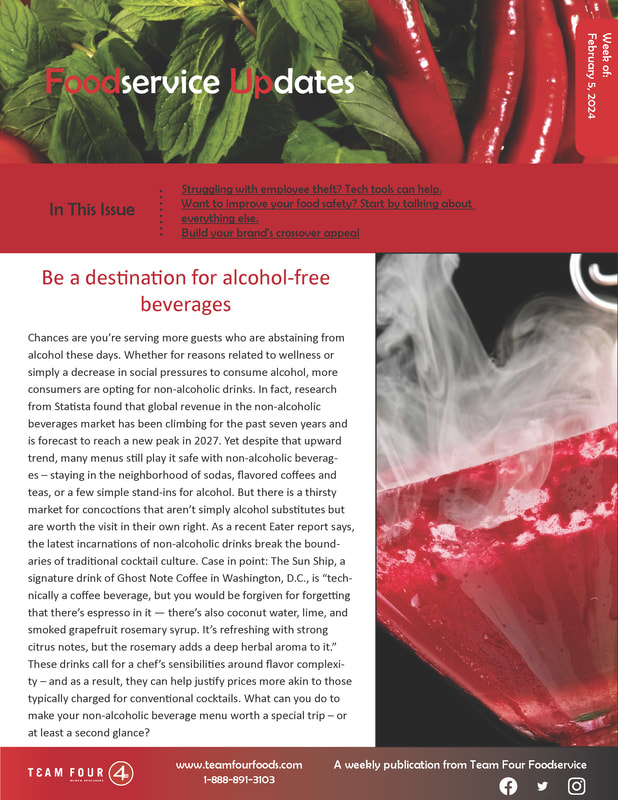
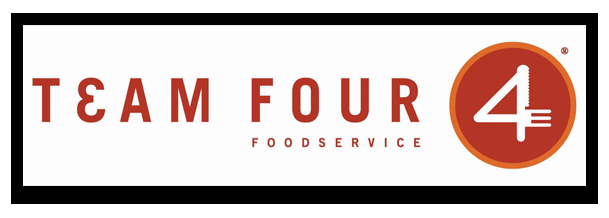
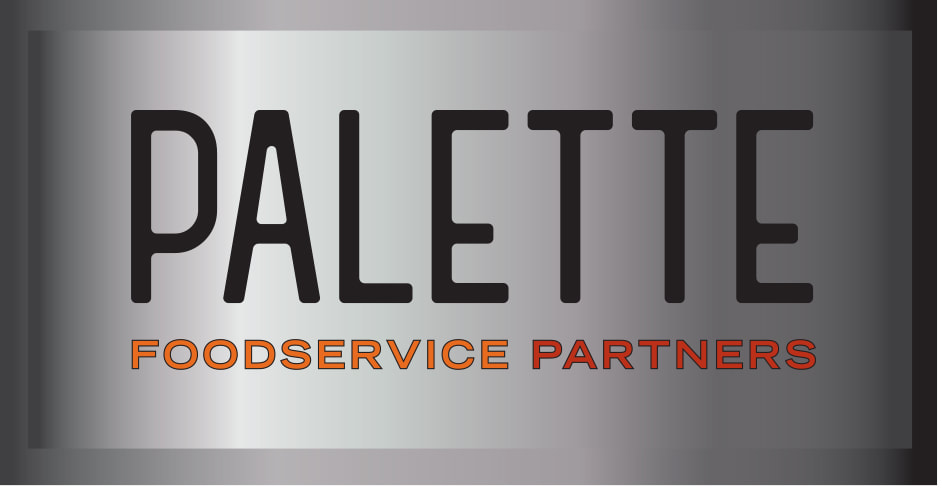
 RSS Feed
RSS Feed